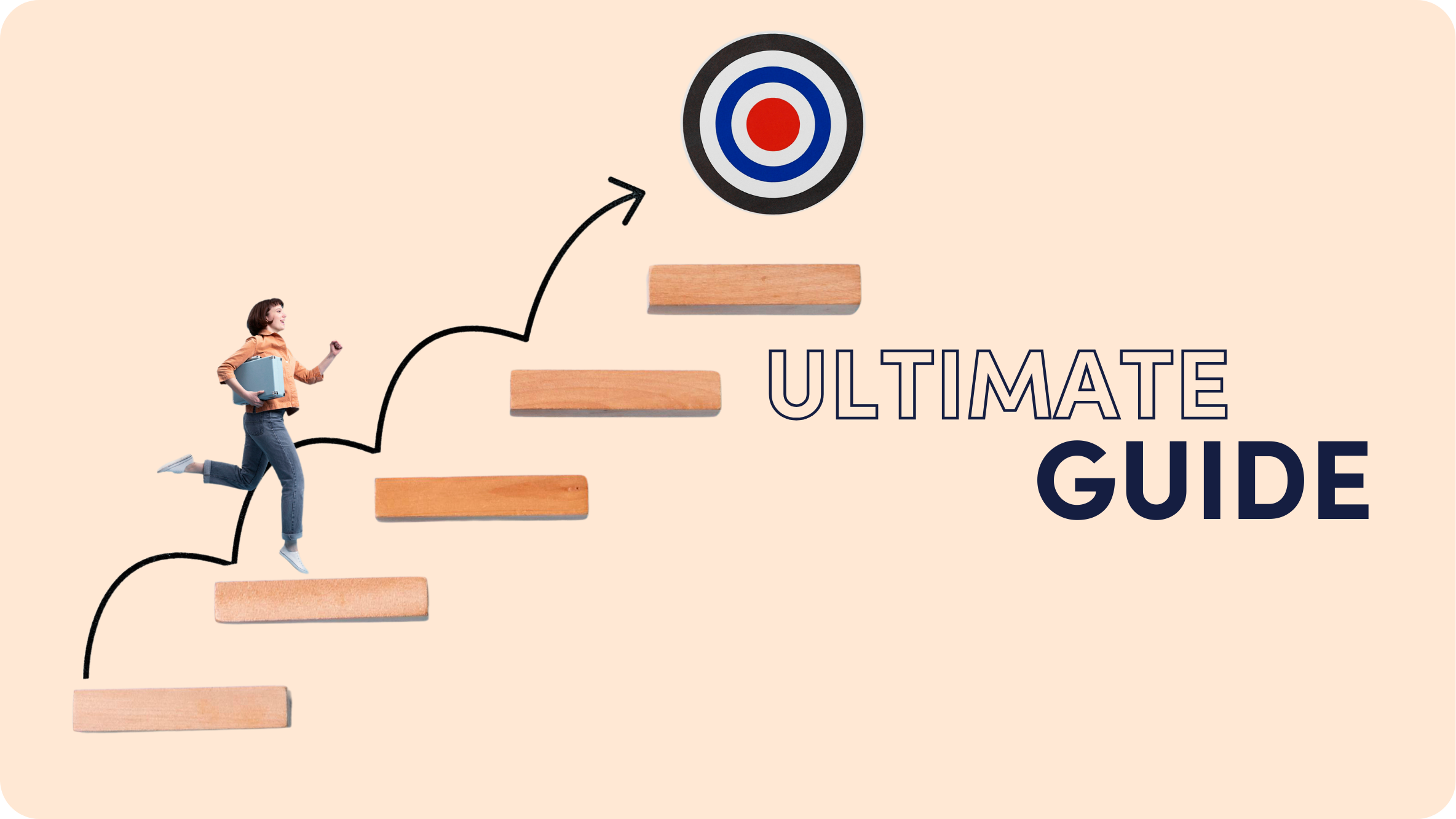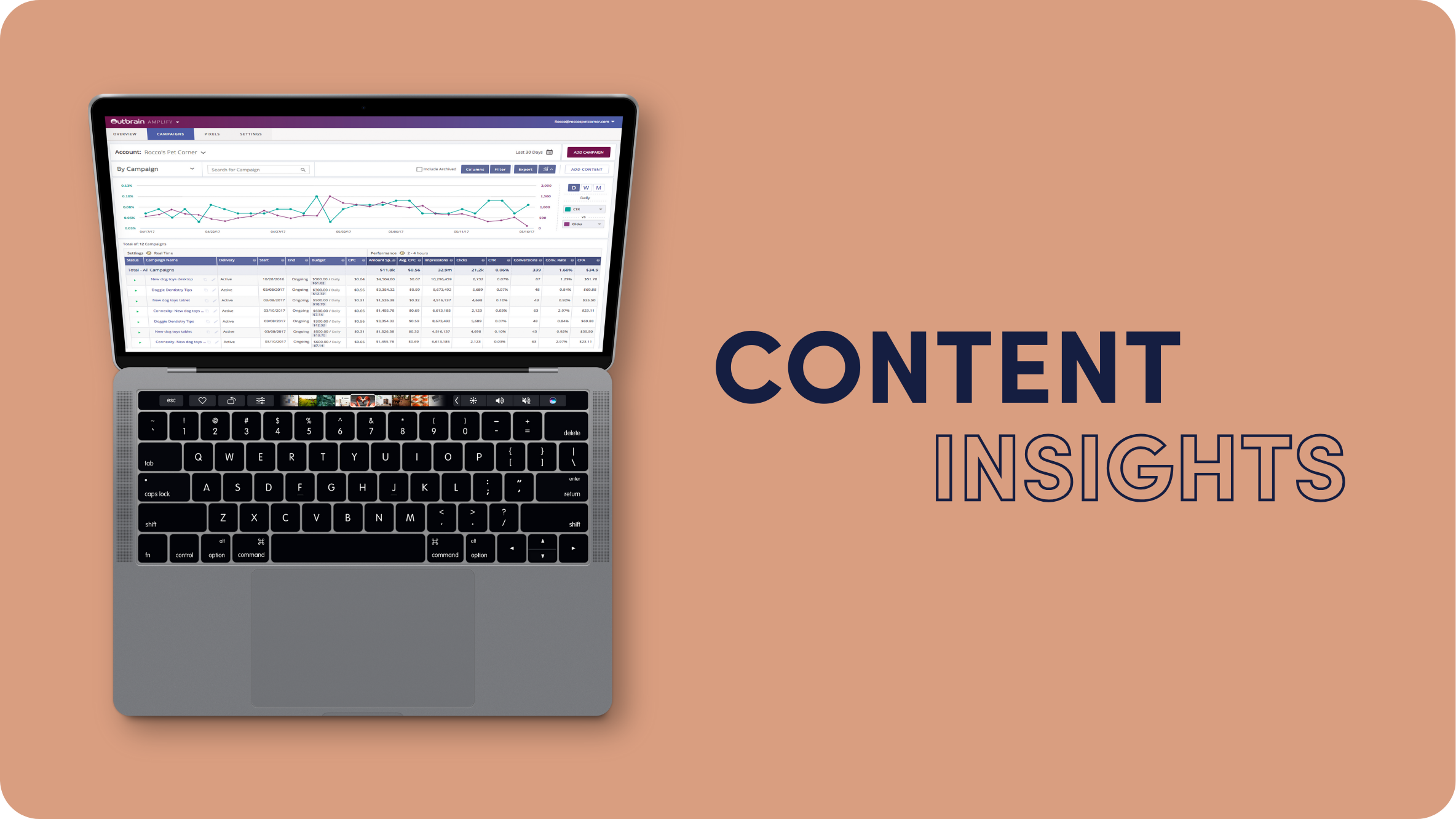What is the Difference Between Inbound and Outbound Marketing?
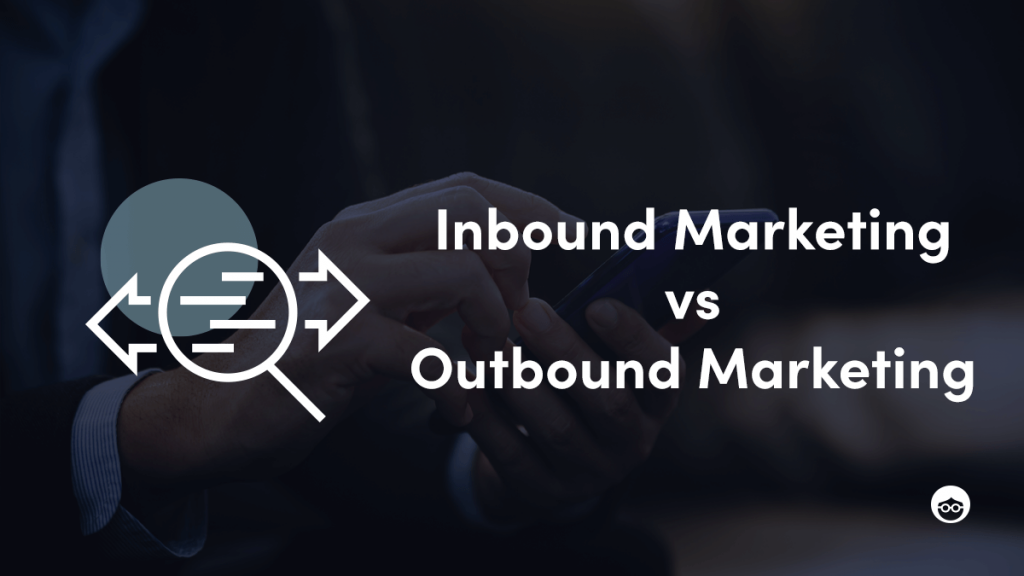
While outbound marketing uses traditional tactics to ‘push’ messages out to a broad audience, inbound marketing targets relevant audiences with online content to ‘pull’ them into the sales funnel. Outbound marketing includes TV ads, billboards, cold calling, and display ads, while inbound relies on slow-burn content marketing, such as blogs, opt-in email nurture flows, and native recommendations.
You’ve heard the terms “inbound marketing” and “outbound marketing” so many times, but what do they really mean? Who do they target, what tactics do they include, and which works best?
If you’ve never considered these questions before, read on to discover what is outbound marketing, what is inbound, what is the difference between inbound and outbound marketing, and why you should care.
What Is Outbound Marketing?
The most conventional and older of the two types, outbound marketing is what most people think of when it comes to marketing – billboards, radio ads, telemarketing, direct mail, and TV commercials. In the digital realm, it includes banner and display ads, pop-ups and pop-unders, and cold email marketing,
In other words, outbound marketing efforts are those advertising or marketing strategies that push information to consumers, even when they don’t ask for it. That’s why it is also known as “push marketing.”
In recent years, outbound marketing has gotten a bit of a bad rap. Oversaturation – especially online – has led to problems like banner blindness, and the rise of ad blockers.
Even so, outbound marketing is not going anywhere. Instead, brands and advertisers are turning to smarter, more interactive ways of pushing their message to consumers. Out-of-Home (OOH) advertising, including billboards, is on the rise, expected to reach over $42 billion worldwide by 2024. Display ad spend is forecast to soar in the coming years, from nearly $340 billion in 2022 to over $500 billion by 2026.
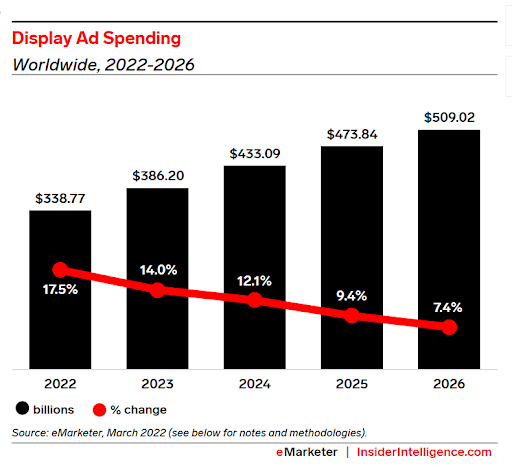
What Is Inbound Marketing?
Inbound marketing is a newer marketing concept, compared to outbound marketing, Rather than pushing ads and messages onto consumers, inbound marketing is designed to pique curiosity and engagement, and draw customers in. That’s why it is known as “pull marketing”. It is also often referred to as content marketing, which is the main tactic used in inbound marketing.
Inbound marketing leverages lots of different types of content to engage and interest target audiences. These include blog posts, social media, infographics, white papers, email newsletters, e-guides, quizzes, polls, and more. Paid search and native advertising are other inbound marketing tactics that help people find and engage with marketers’ content.
Inbound marketing strategy aims to gently nurture potential customers through the marketing funnel, exposing them to relevant content and brand experiences when they are ready, gradually building brand awareness, increasing customer engagement, and pulling them towards conversion and retention. This is how the inbound funnel works:
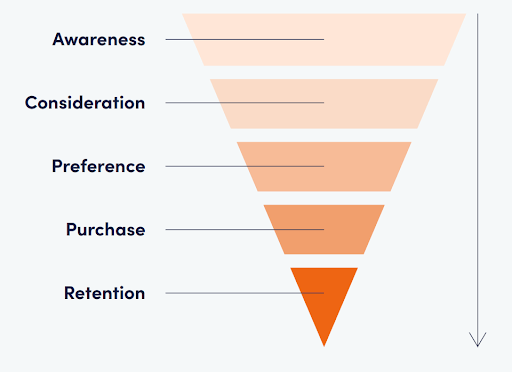
What Is the Difference Between Inbound and Outbound Marketing?
Outbound marketing relies on buying ads, acquiring email lists, and maximizing brand awareness and exposure, so that people respond by purchasing your product.
Inbound marketing, on the other hand, focuses on drawing audiences in with great content that aligns with their interests, building awareness and engagement, and nurturing the audience until they convert.
Instead of advertising blindly to a large audience who may not be interested in your product or receptive to your messages, inbound marketing brings customers to you because you’re targeting audiences who are interested in, or actively looking for, your services or products.
Another big difference between inbound vs outbound is that while outbound marketing uses both offline and online tactics, inbound focuses primarily on the online realm.
Let’s take a look at an overview of the differences between inbound vs outbound marketing:
| Inbound | Outbound |
| Pulls in interested audiences | Pushes at a general, wider audience |
| Puts the consumer at the center | Puts the brand or product at the center |
| Part of a customer nurturing funnel | Inert, one-way interaction |
| Easy to track customer engagement Online | Harder to track customer engagement Online & Offline |
| Fits naturally with user experience | Disrupts user experience |
| Tactics: Blogs, social media, opt-in emails, search, influencer marketing, native advertising | Tactics: Display ads, billboards, telemarketer scripts, magazines, TV ads, cold email outreach |
What’s More Effective, Inbound or Outbound Marketing?
Despite the fact that outbound marketing is the traditional choice, it still offers businesses a wide range of benefits.
Increasingly, brands are using an omnichannel strategy to reach their target audience wherever they are, online, in-store and on mobile devices. Outbound marketing is a key element in omnichannel marketing, opening up offline channels and capturing audience attention when they are not on their screens.
Outbound marketing is still a powerful strategy for luxury or big box brands. Think of the importance of the Super Bowl ad spot, or the annual IKEA catalog, still in print!
Older customer segments who are not digital natives like Millenials and Gen Z are comfortable and familiar with radio ads, billboards, and TV commercials, and outbound marketing can definitely tap into their comfort zone in these ways.
In addition, outbound marketing is not typically as targeted as inbound marketing, so it is useful for building brand awareness among broad audiences, rather than focusing on customer conversions.
Outbound marketing has its downsides, though. It can be expensive, and all those high-cost expenditures don’t always yield the marketing results a business is hoping for. Another huge downside to outbound marketing is that it’s almost impossible to accurately track your reach or return on investment (ROI).
One of the biggest benefits of inbound marketing is the lower cost vs. outbound marketing.
Inbound leads have been shown to cost around 60% less than outbound leads, and 80% of business decision makers say they’d prefer to learn about a brand through a series of articles, rather than an ad.
Here’s another key advantage of inbound marketing: because inbound marketing happens online, it is possible to gather data about audience behavior and optimize campaigns accordingly. In addition, online targeting of relevant audiences makes it much easier to find potential customers, rather than just marketing to whoever will listen. This leads to higher conversion rates.
Probably the most important data point about the effectiveness of inbound marketing is simply this: there are 5 billion internet users worldwide (more than half the global population) and 4.65 billion users on social media. With inbound marketing, your audience may be located anywhere in the world, and you’ll be able to reach them. Conversely, it also explains why outbound marketing is so popular among local businesses – if your audience is right outside your doorstep, then investing in billboard advertising, shop window posters, and printed flyers is still a smart way to go.
Overview of the Benefits of Inbound and Outbound Marketing
Inbound:
- Global audience, massive potential reach
- Ability to target relevant audiences with specific messaging
- Ability to track audience behavior and optimize campaigns
- Overall cheaper costs than outbound marketing
Outbound:
- Ideal for local, specific audiences
- Integral part of omnichannel marketing
- Appeals to audience segments who are not digital natives
- Strong focus on building brand awareness
By weighing the pros and cons of inbound vs. outbound marketing, you’ll start to get an idea of which marketing strategy is better for your business – and you don’t have to rule out either entirely, especially if you’re operating on a large budget.
When making your decision, consider your business goals, customer base and location, your product/ service offering, available creative resources, and of course, your budget.
Finding the Right Marketing Strategy for You
Ultimately, the best marketing strategy for your business will be the one that works. Remember, audiences and markets change, so analyze your data frequently. What worked last year might not work this year. As a result, your mix of inbound and outbound marketing will almost certainly change with time, especially as adtech becomes more sophisticated, and offers new ways of targeting audiences and tracking engagement. The most important thing you can do with any marketing campaign is measure, optimize, repeat. Whether inbound or outbound marketing is your thing, make these three steps your goal – wherever and whenever possible – and you’ll get better results.







